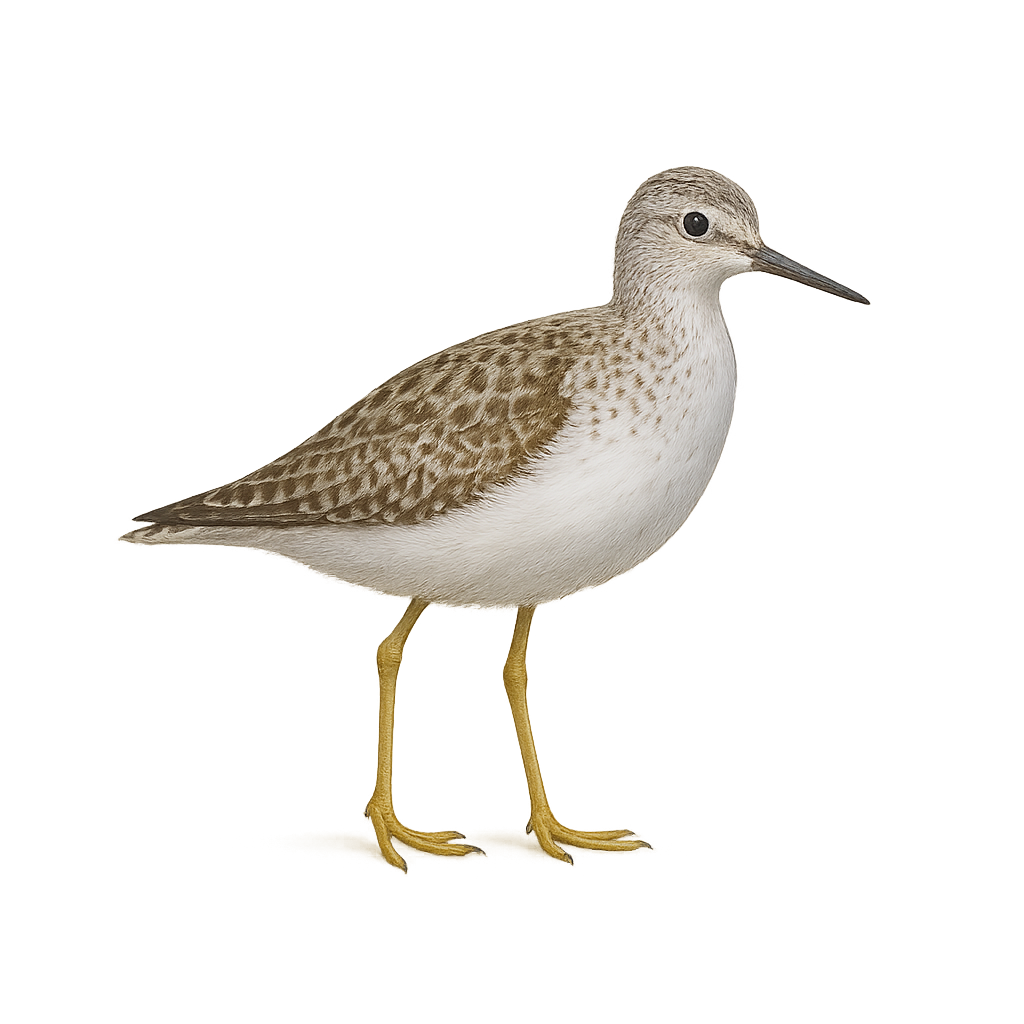Observe and photograph a species in its natural habitat
Learn where and when to observe a species in the wild, how to recognize it in the field, and what habitats it lives in. Get photography tips adapted to its behavior and capture stunning images without disturbing the animal. For full details, open the complete profile in the WildlifePhotographer app.
Common Sandpiper
Scientific name: Tringa stagnatilis

IUCN Status: Least Concern
Family: SCOLOPACIDAE
Group: Birds
Shyness: Suspicious
Safe distance: 30 m
Breeding season / Courtship: 01.04-30.04
Gestation: 22 à 24 jours
Births: 23.05-24.06
Habitat:
Wetlands and marshes
Description:
The Marsh Sandpiper is a medium-sized wader, easily identifiable by its plumage marked with gray-green and white, with darker patterns on the wings and head. During the breeding season, it displays brighter colors, with shades of vibrant green and distinct markings. Outside the breeding season, its plumage is more subdued, generally gray-brown and more muted. This wader is primarily observed in shallow wetlands such as marshes, lagoons, and estuaries, where it feeds on aquatic invertebrates, small fish, and occasionally worms.
The Marsh Sandpiper is a migratory bird that travels relatively short distances between its breeding grounds in Eastern Europe and its wintering sites in North Africa and Asia. While its population remains stable in some regions, it is threatened by the loss of its wetland habitats and water pollution. The species benefits from protections in areas where it is found, but it remains vulnerable in certain regions due to urbanization and intensive agriculture.
Recommended lens:
>=300 mm
Photography tips:
Use a telephoto lens to capture images from a distance, respecting the discreet nature of the species.
Photograph early in the morning or late in the afternoon, when the Greenshank is more active.
Look for it in wetland areas: marshes, estuaries, and mudflats are its preferred habitats.
Be patient and discreet to avoid disturbing its natural behavior.
The Greenshank is classified as Least Concern by the IUCN. Respect its natural habitat and minimize human disturbances.
Ready to take action?
Choose your platform and start your free trial today



